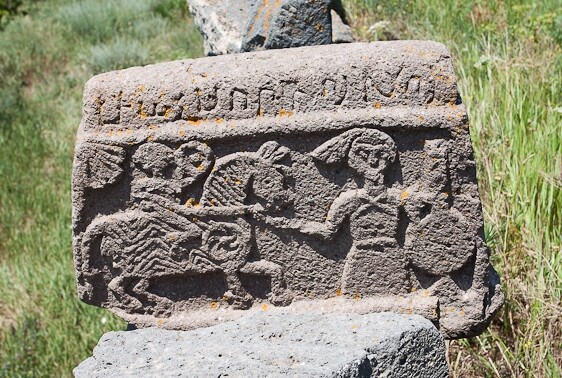Vorotavank is an Armenian monastery complex located in the Vayots Dzor Province of Armenia. Here are more details about Vorotavank:
Location: Vorotavank is situated near the village of Vayk in the Vayots Dzor region of Armenia, approximately 126 kilometers southeast of the capital city, Yerevan.
History: The monastery complex dates back to the 10th century, with its construction attributed to Prince Grigor Supan II of the Syunik Kingdom. Throughout its history, Vorotavank served as a religious and cultural center, playing a significant role in the region’s spiritual and social life.
Architecture: The architectural ensemble of Vorotavank includes a main church, smaller chapels, a bell tower, and defensive walls. The main church, dedicated to Surb Astvatsatsin (Holy Mother of God), features typical Armenian ecclesiastical architecture with distinctive elements such as cruciform floor plans, conical domes, and ornate stone carvings.
Cultural Significance: Vorotavank holds cultural and historical significance as a testament to Armenia’s rich religious heritage and medieval architectural tradition. The monastery complex is not only a place of worship but also a site of pilgrimage and tourism, attracting visitors interested in exploring Armenia’s cultural treasures.
Restoration Efforts: Over the years, Vorotavank has undergone various periods of renovation and restoration to preserve its architectural integrity and historical value. Efforts by both governmental and non-governmental organizations have contributed to the conservation of this important cultural landmark.
Surrounding Landscape: The monastery complex is set amidst the picturesque landscape of the Vayots Dzor Province, surrounded by rolling hills, vineyards, and rugged terrain. The serene natural environment adds to the appeal of Vorotavank as a destination for tourists and travelers exploring the Armenian countryside.
In summary, Vorotavank stands as a symbol of Armenia’s cultural heritage, offering visitors a glimpse into the country’s medieval past and architectural legacy. Its significance as a religious and cultural site continues to resonate with Armenians and visitors alike, making it a cherished landmark in the Vayots Dzor Province.








